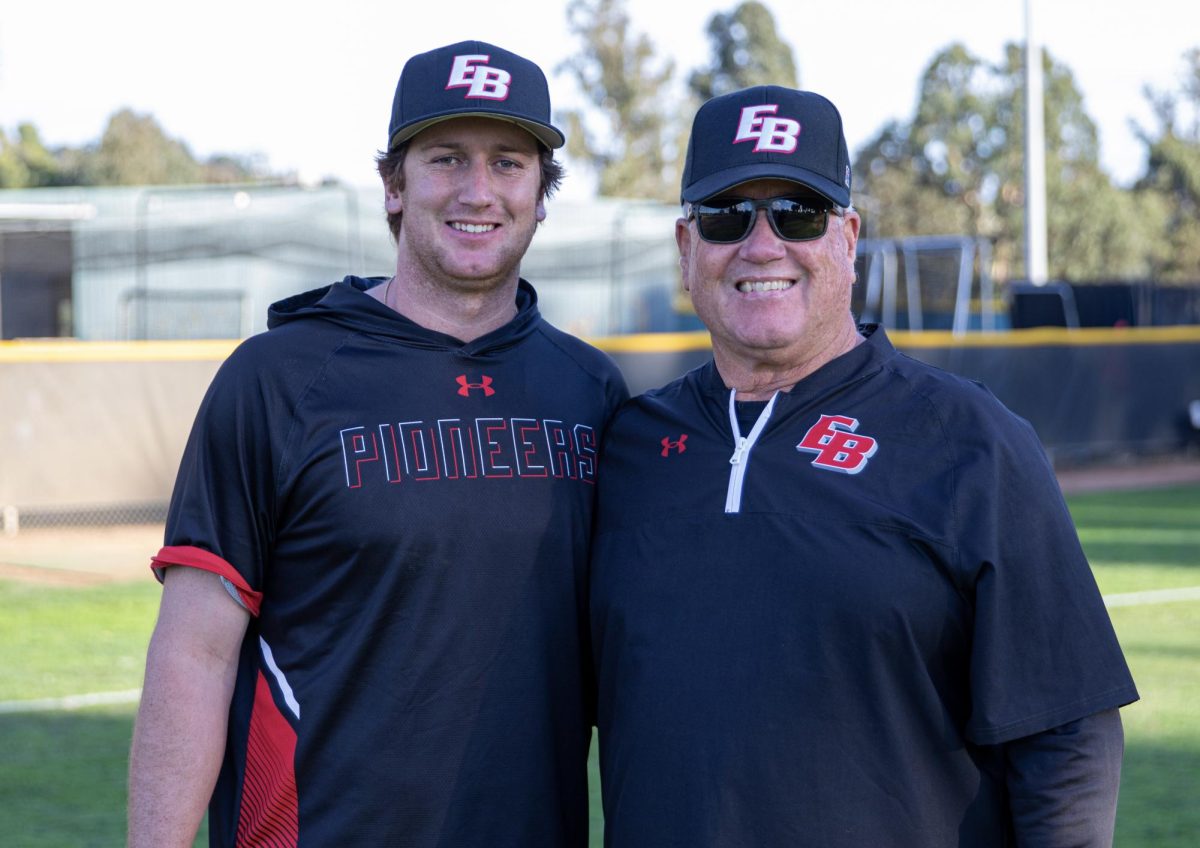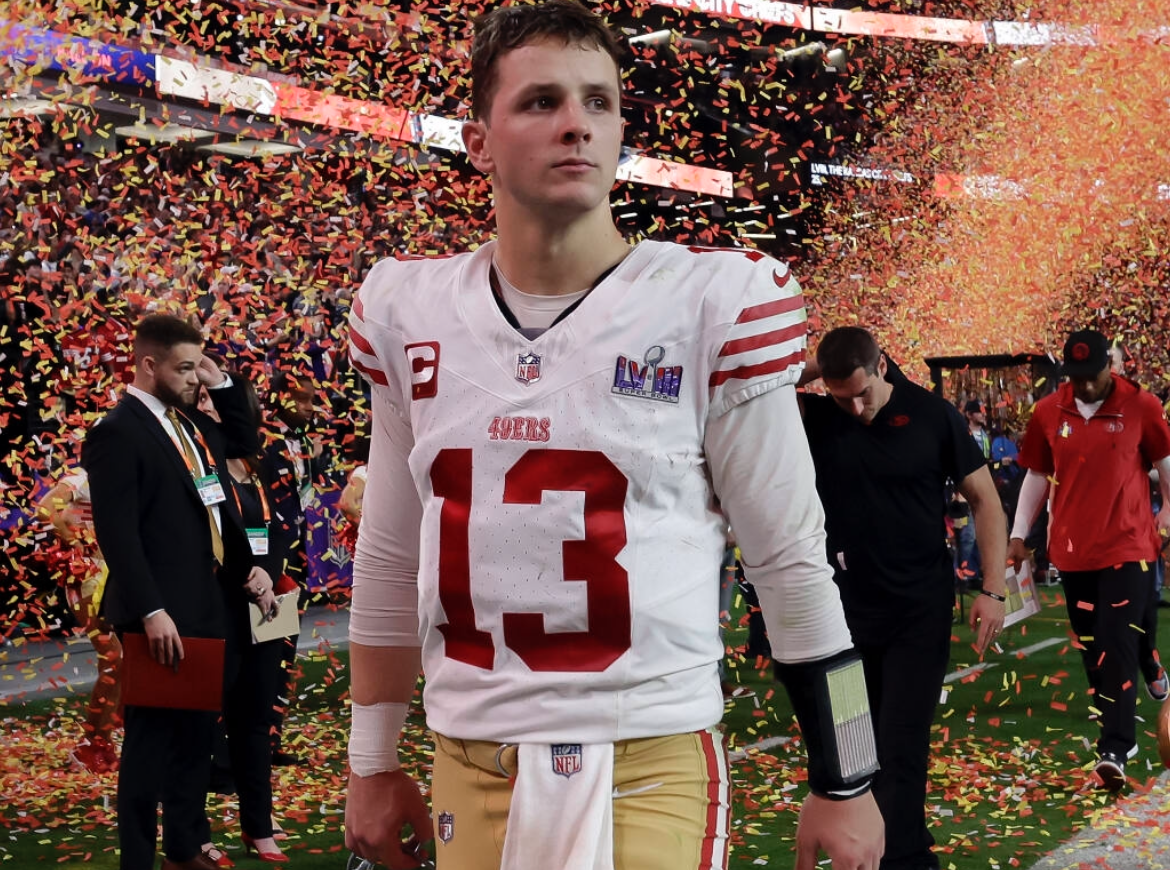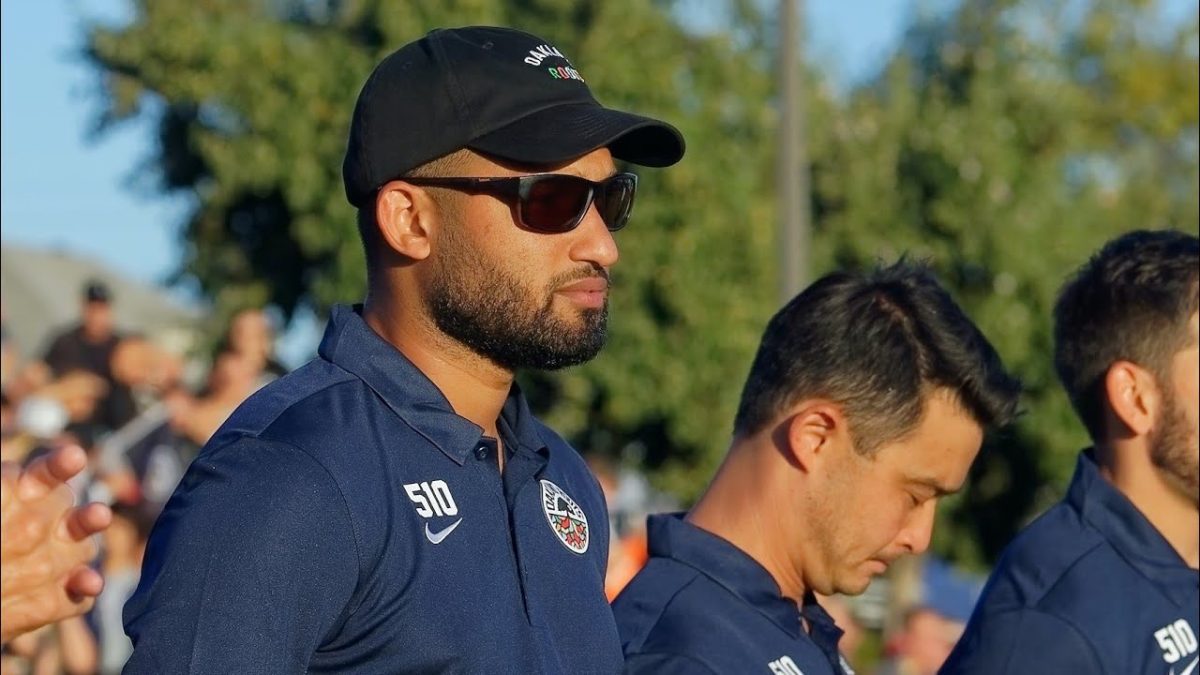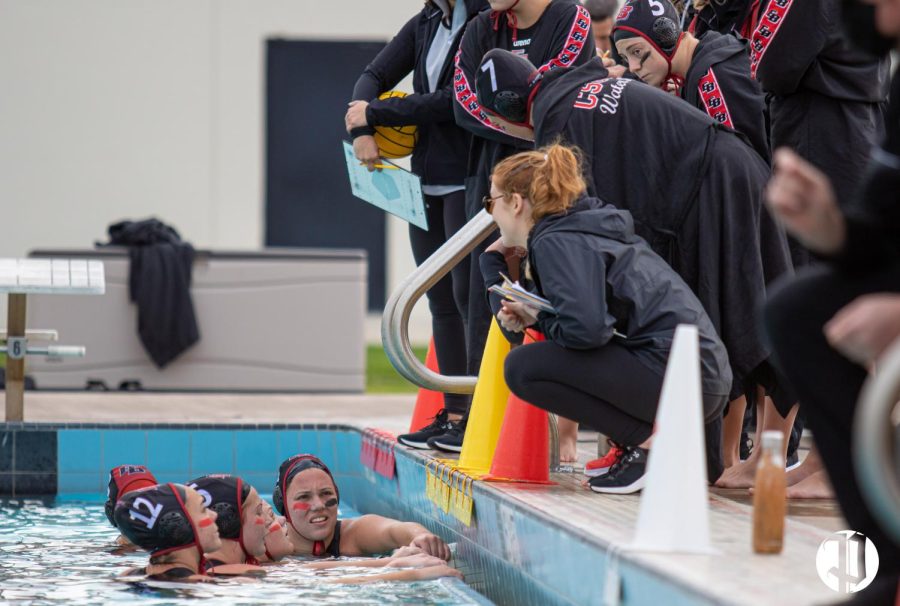The International Association of Athletics Federations was the first governing body of athletics, comprised worldwide for track and field, to define doping in sports in 1928. They stated that:
“Doping is the use of any stimulant not normally employed to increase the poser of action in athletic competition above the average. Any person knowingly acting or assisting as explained above shall be excluded from any place where these rules are in force or, if he is a competitor, be suspended for a time or otherwise from further participation in amateur athletics under the jurisdiction of this Federation.”
Performance enhancing, as well as controlled substances, has been going on for quite some time. One may assume that as long as competitions have been arranged by our species there could have been some form of enhancement to get that special edge. The drugs in question include the human growth hormone (HGH), anabolic steroids, testosterone and also the controlled substances that seem to be a part of this lifestyle in our culture, most notably marijuana and cocaine.
Following World War II, performance enhancing began its rise, causing committees to catch up in order to set rules in place to protect its athletes. The drugs were used to increase production during training, enhance performance during competition and to reduce the strain during recovery time.
In an age where profits rule all, athletes are forced to push their bodies beyond even their gladiator-like capabilities.
Such offenders include Major League Baseball’s Jose Canseco, tennis player Andre Agassi and National Football League’s Brian Cushing. Offenders that used narcotics are NFL’s Michael Irvin, MLB’s Dennis “Oil Can” Boyd and Olympic swimmer Michael Phelps was caught smoking marijuana. The doping happens in many forms and across many different sports.
In fact, one of the most obvious but overlooked spots that doping occurs in is professional wrestling.
In June of 2007, World Wrestling Entertainment (WWE) superstar Chris Benoit murdered his family and committed suicide, to which a deadly mix of overworking, prescription testosterone and numerous concussions caused Benoit finally to snap.
Ronnie Coleman, professional power lifter, released a video of him shooting steroids into his bicep muscle only to discover that the muscle had detached from the ligaments and had a basketball-sized amount of flesh hanging from his arm. Boyd admitted to using cocaine to stay in games during his career with the Boston Red Sox from 1982 to 1989, saying, “Some of the best games that I’ve ever, ever pitched in the major leagues, I stayed up all night. I’d say two-thirds of them.”
It doesn’t come as a surprise to most people that doping is mostly in the media spotlight of the professional world. What they don’t see is that the youth that hope to one day become professoinals are imitating these very acts. What they don’t understand is that they are causing heart and liver damage and halting bone growth. We can’t let our children kill themselves. We have nobody but us to blame.
Some schools question their budget concerns over student-athlete testing. Universities are expected to create their own programs. Is that enough? It first has to stop in the major leagues. Lifetime banishment and school drug testing requirements could be the only way. The professionals have been doping for a long time but it’s infecting our youth. It’s not too late to stop it.











